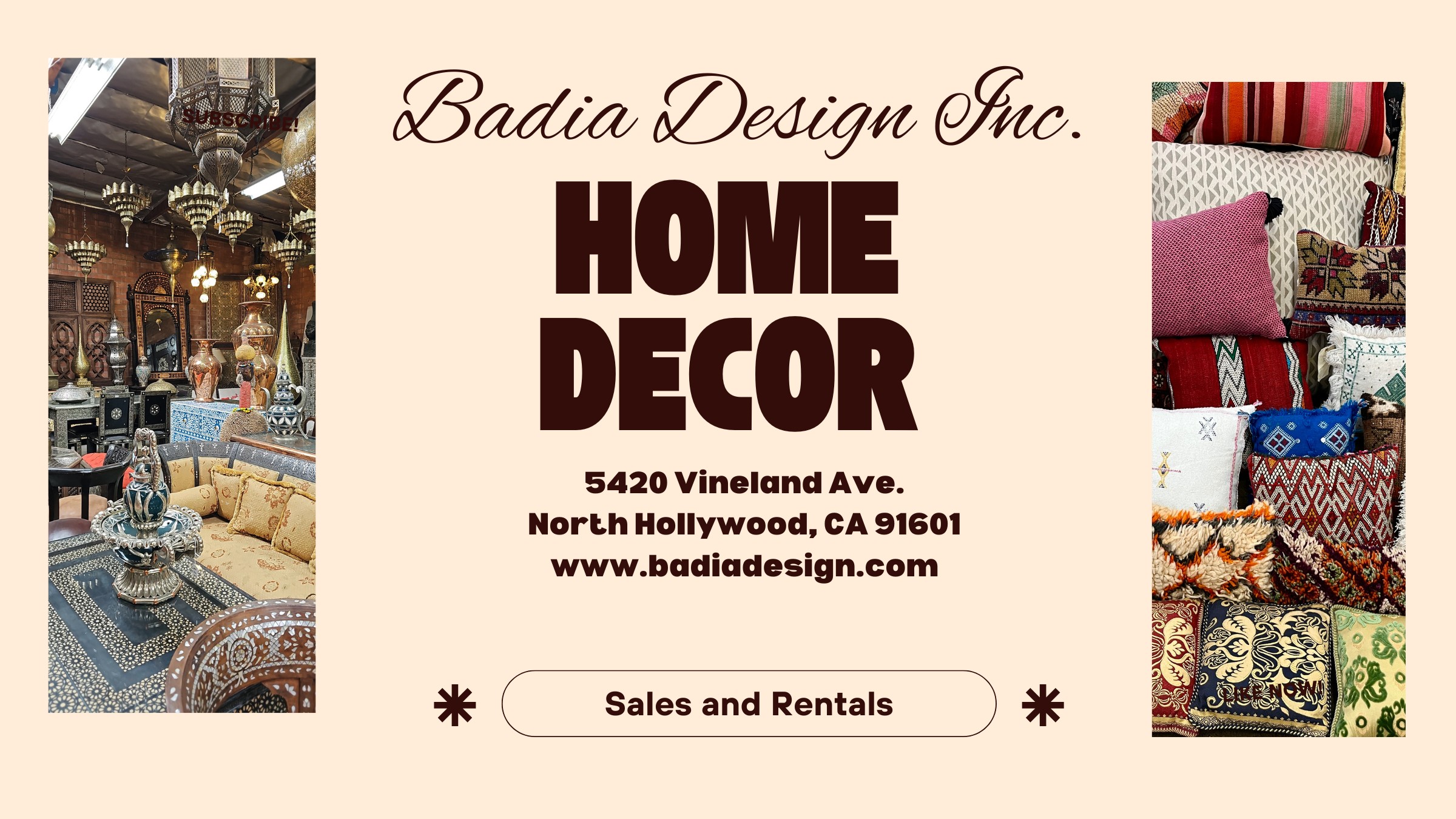Handmade Moroccan Berber Rugs
Handmade Moroccan Berber Rugs
Blog Article
Moroccan Berber Rugs: A Heritage of Craftsmanship, Culture, and Style
These rugs have enchanted people across the globe with their historical significance, remarkable artistry, and timeless design. Whether you are furnishing a cozy living room, a chic office here space, or a upscale resort, these rugs serve as more than just functional items—they are pieces of art with a story to tell. In this article, we’ll explore the fascinating history of Moroccan Berber rugs, the detailed artistry involved in their production, their renowned durability, and creative ways to incorporate them into today’s interiors.
The origins of Moroccan Berber rugs can be traced back thousands of years to the Berber tribes of North Africa. The Berbers, with their rich cultural heritage, crafted unique weaving methods to meet the demands of their migratory way of life and diverse climates.
Each Berber rug tells a story, often woven into the fabric that reflect the heritage of its creators. These symbols frequently represent themes of safety, growth, or nature, making each rug a deeply personal creation. Historically, these rugs were made for practical use, offering warmth in the cold Atlas Mountains or serving as bedding in arid environments.
In the mid-20th century, Moroccan Berber rugs gained global popularity when prominent designers like Le Corbusier and Frank Lloyd Wright began incorporating them into their architectural masterpieces. Today, their timeless aesthetic and cultural richness make them a top pick for interior designers and collectors alike.
These rugs are created using time-honored techniques, maintained over many generations. It represents a perfect blend of cultural heritage and artistic skill.
These rugs are made from materials like wool, camel hair, and cotton, renowned for their strength and softness. Wool is especially prized for its luxurious feel, durability, and insulating properties. Artisans often hand-spin the wool, giving each rug a distinctive texture.
Weaving these rugs is an elaborate process, requiring great patience and effort on traditional looms. The knotting style, from Beni Ourain’s plush textures to Azilal’s tighter weaves, impacts both durability and design.
Artisans rely on natural dyes from the environment to produce the vivid tones seen in Berber rugs. Earthy tones such as beige, cream, and brown are common in Beni Ourain rugs, while Azilal and Boucherouite rugs showcase bolder colors like reds, blues, and yellows.
One of the key features of Moroccan Berber rugs is their exceptional durability. This makes them a practical investment for both homes and businesses.
Berber rugs owe their longevity to the excellent quality of their natural fibers. Wool’s elasticity and stain resistance contribute to their durability.
Cleaning and maintaining a Moroccan Berber rug is relatively simple. Regular vacuuming, spot cleaning with mild detergent, and occasional professional cleaning will keep them looking pristine for years.
How to Decorate with Moroccan Berber Rugs
Incorporating Moroccan Berber rugs into contemporary interiors is easier than you might think. These rugs' adaptability allows them to suit various aesthetics, including minimalist and bohemian styles.
1. Create a Focal Point in the Living Room
Use a large Beni Ourain rug as the centerpiece of your living room. Its neutral colors and simple geometric patterns can tie together various design elements while adding a sense of warmth and comfort.
2. Add Color to Neutral Spaces
In minimalist or neutral spaces, a colorful Azilal or Boucherouite rug can add a bold, eye-catching accent. They are ideal for subdued settings, acting as the central highlight.
3. Combine Rugs for Depth and Style
For a cozy, eclectic vibe, layer a smaller Berber rug over a larger natural-fiber rug, such as jute or sisal. This pairing enhances texture and emphasizes the unique patterns of the Berber rug.
4. Enhance Workspace Aesthetics
Businesses can use Moroccan Berber rugs to create an inviting and sophisticated ambiance in office spaces, lounges, or reception areas. The artisanal craftsmanship of these rugs radiates authenticity and refinement.
5. Display Moroccan Berber Rugs as Decorative Art
Some Moroccan Berber rugs are so visually stunning that they deserve to be displayed as art. Displaying a Berber rug on a wall highlights its intricate design and cultural significance.
The Value of Moroccan Berber Rugs
For both homeowners and businesses, Moroccan Berber rugs represent a blend of practicality, aesthetics, and cultural significance. Their durability ensures a long lifespan, while their timeless designs can adapt to changing trends and tastes.
Eco-Friendly and Ethical Craftsmanship
Many Berber rugs are crafted using eco-friendly and sustainable practices. Purchasing these rugs helps preserve artisan traditions while enriching your decor with sustainable beauty.
The Appreciating Worth of Moroccan Berber Rugs
Authentic Moroccan Berber rugs often appreciate in value over time, especially vintage or rare pieces. They are both functional decor and collectible assets.
 Report this page
Report this page